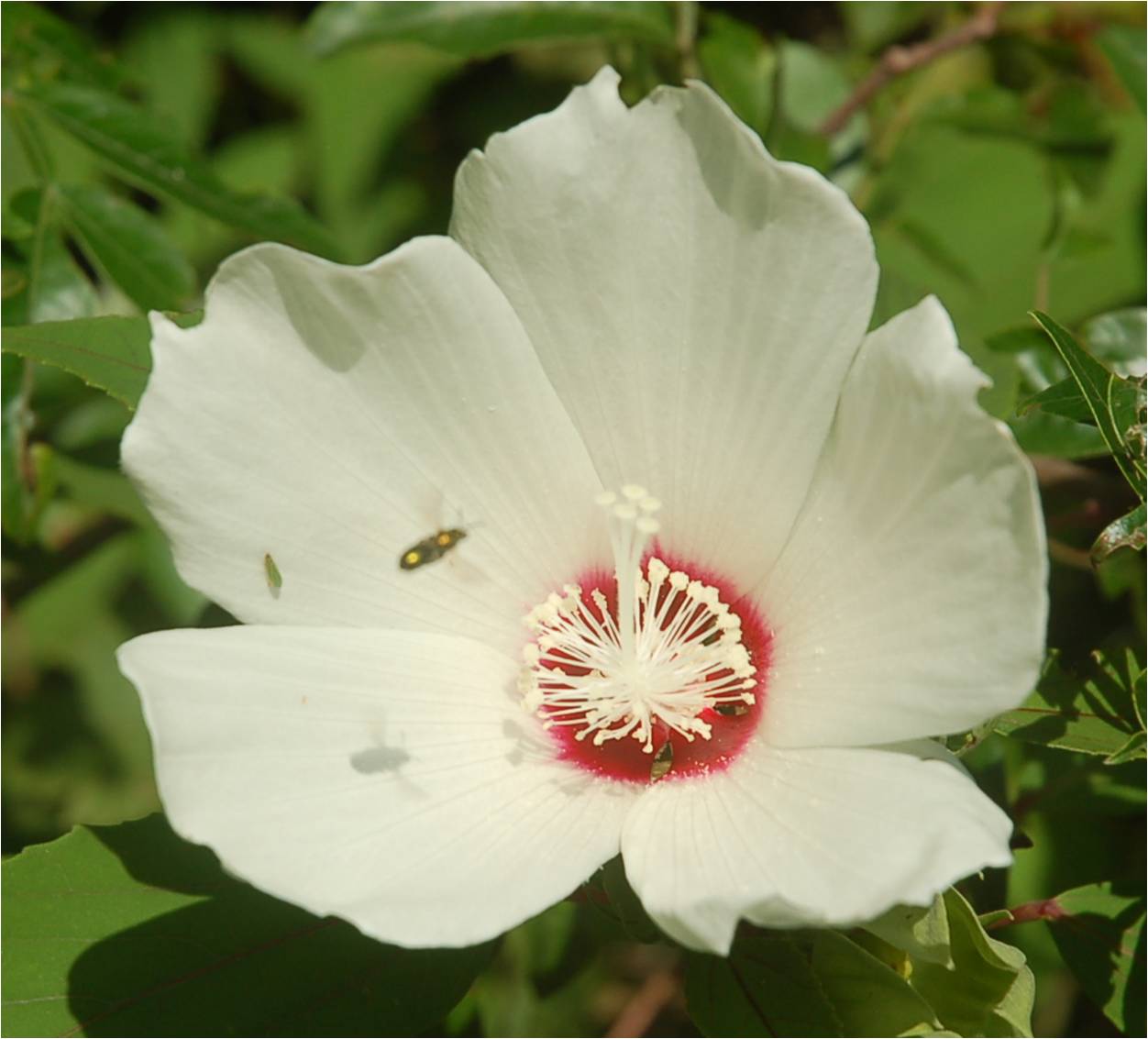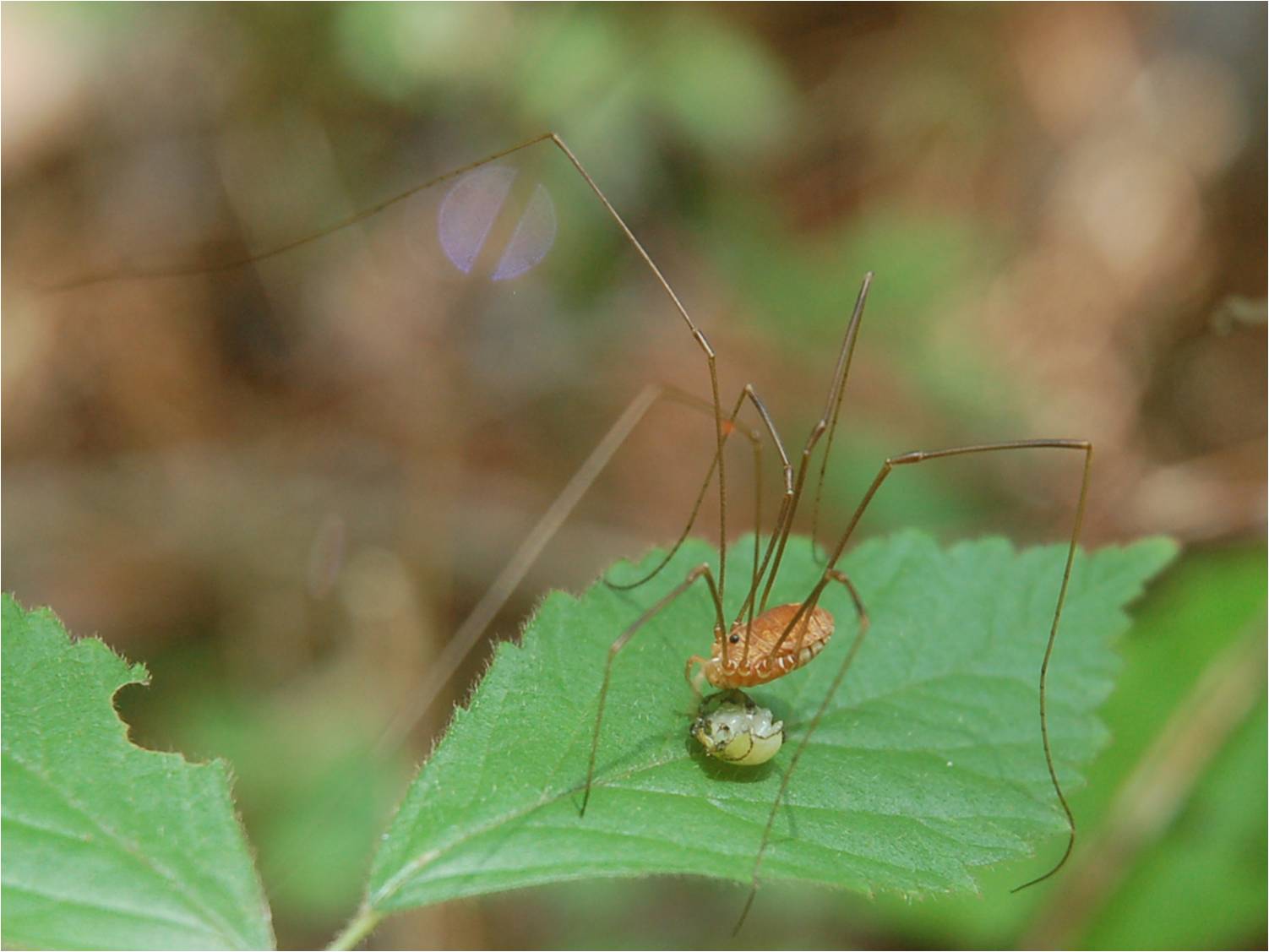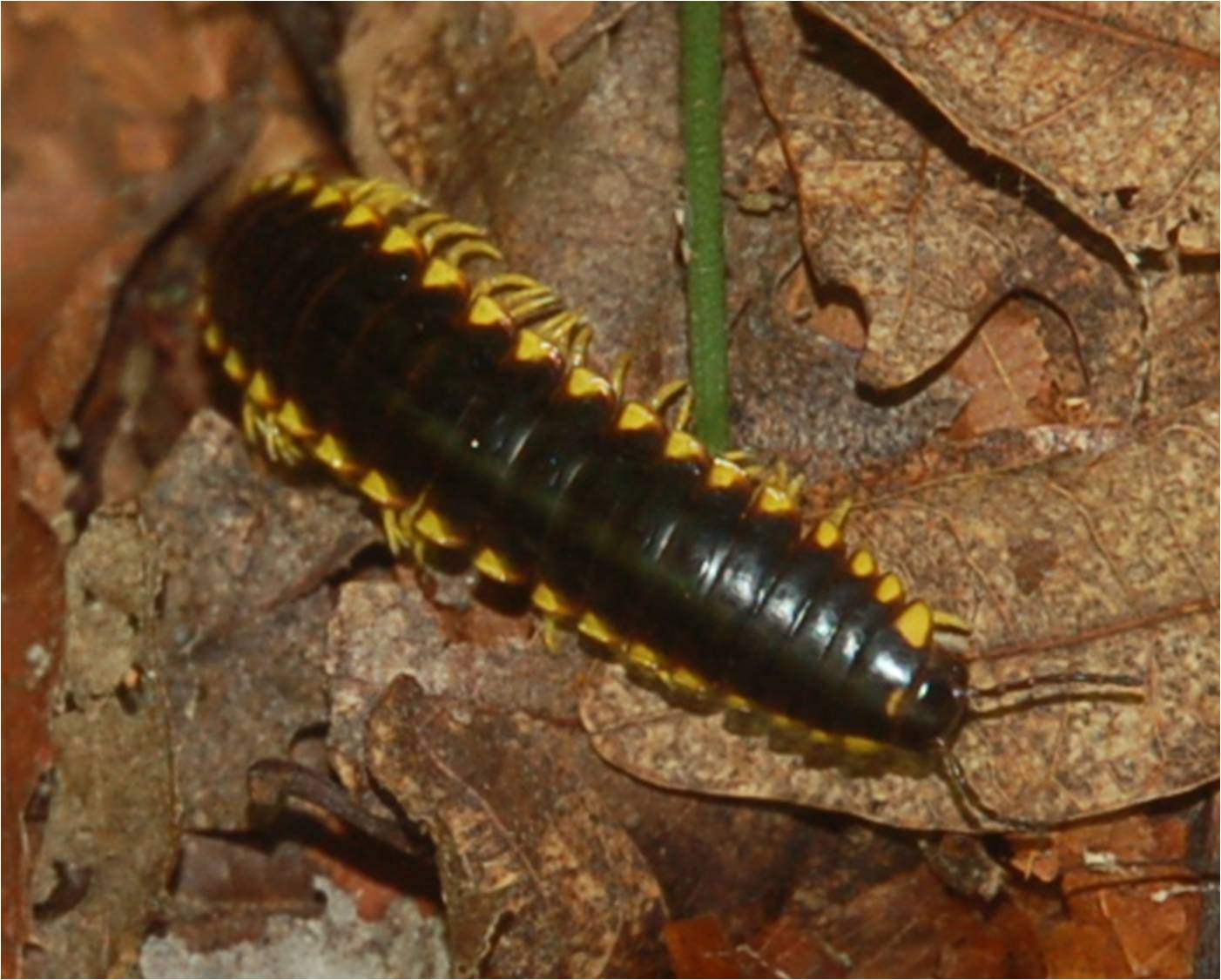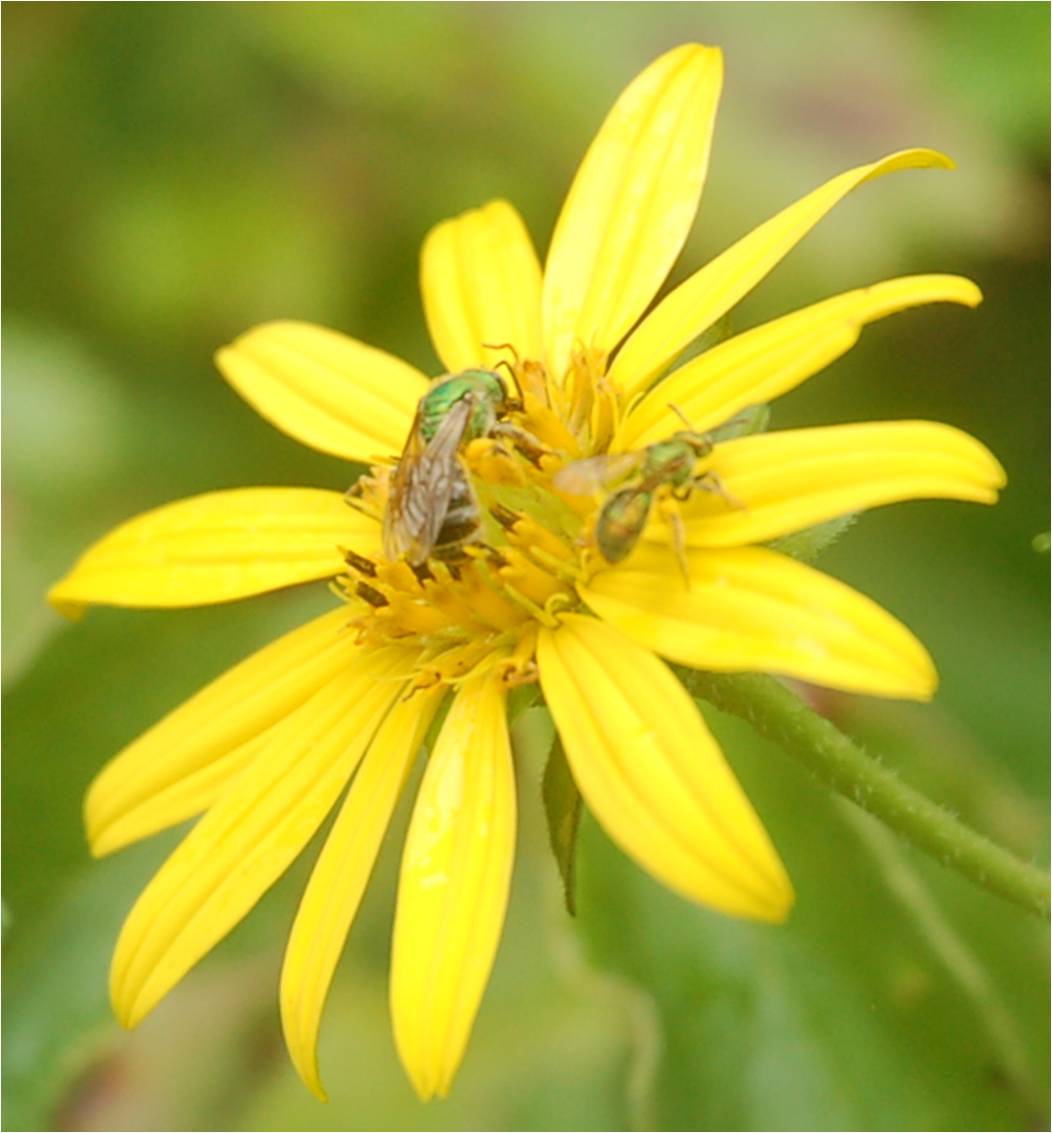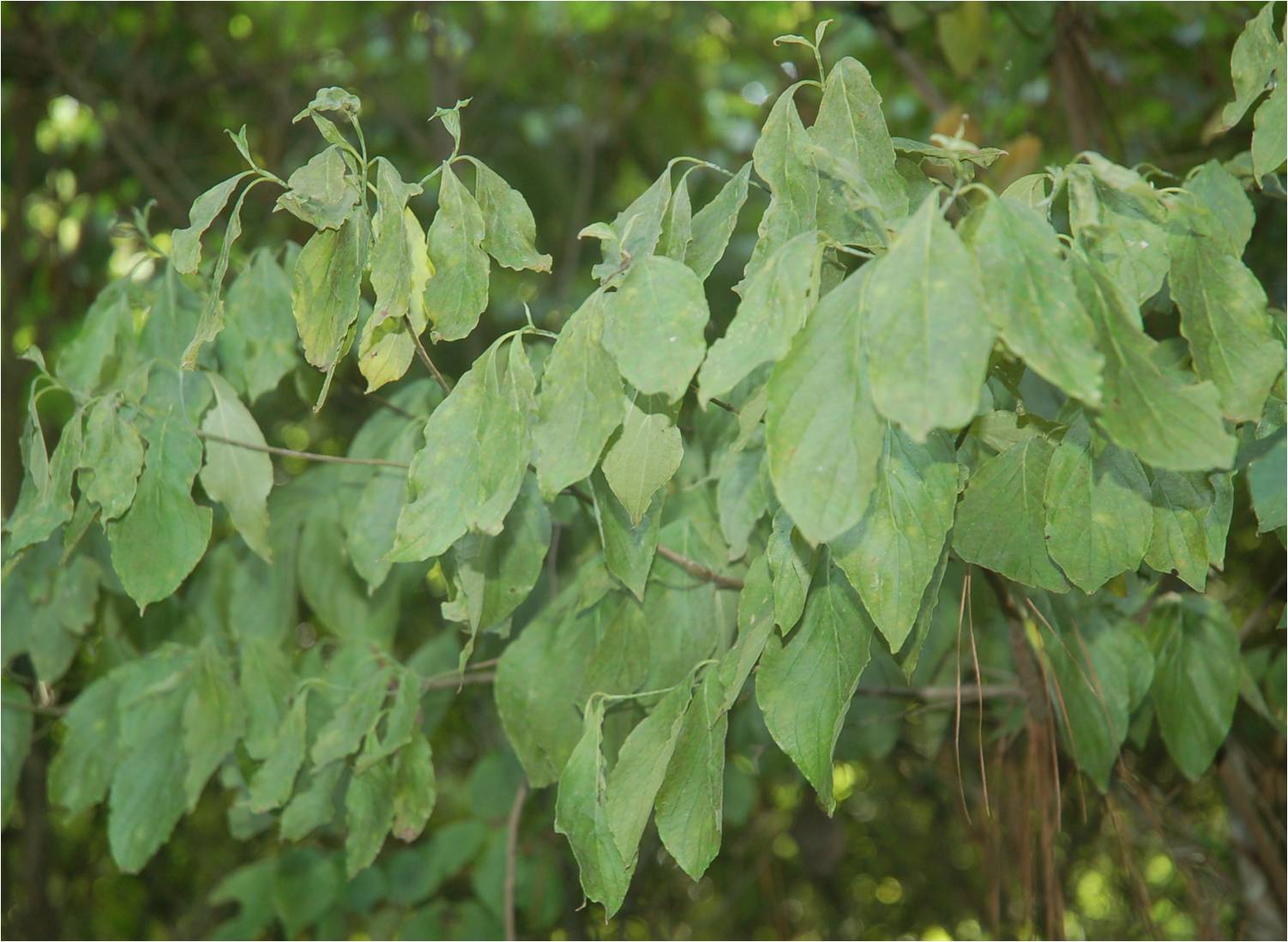
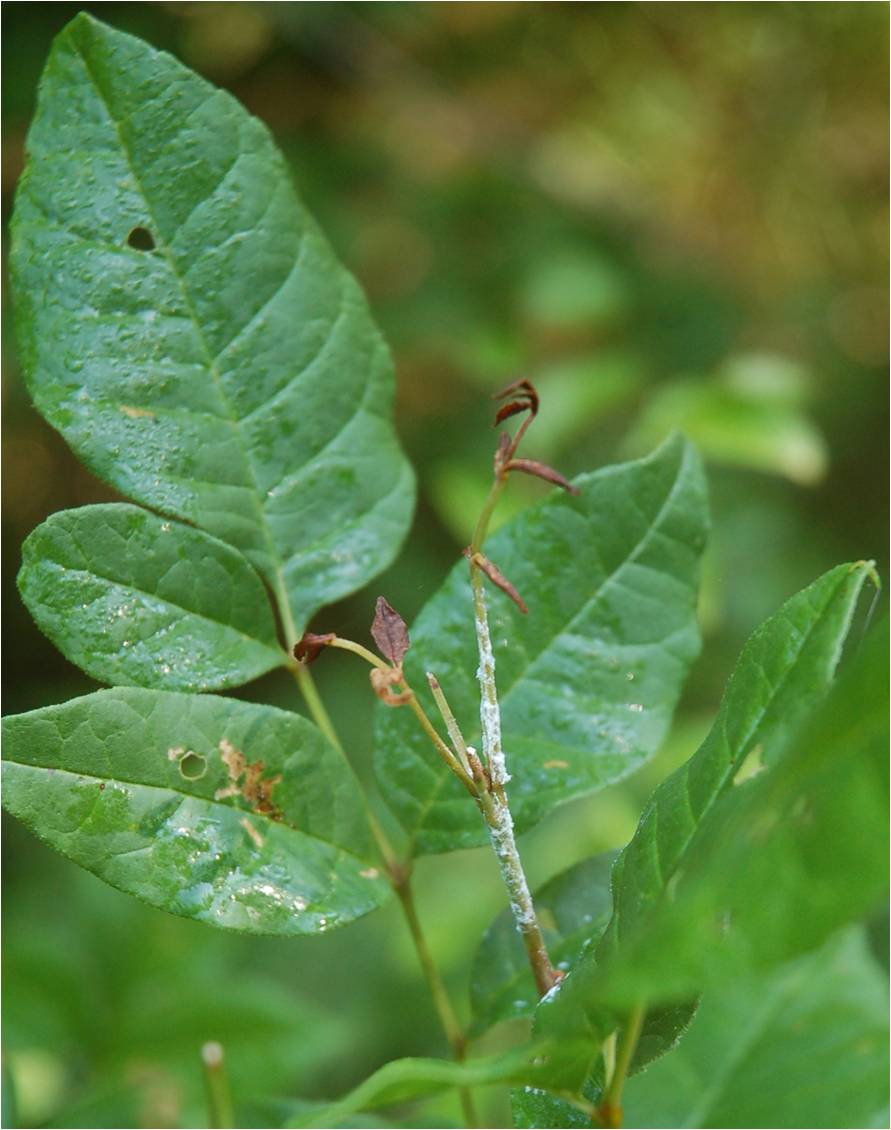
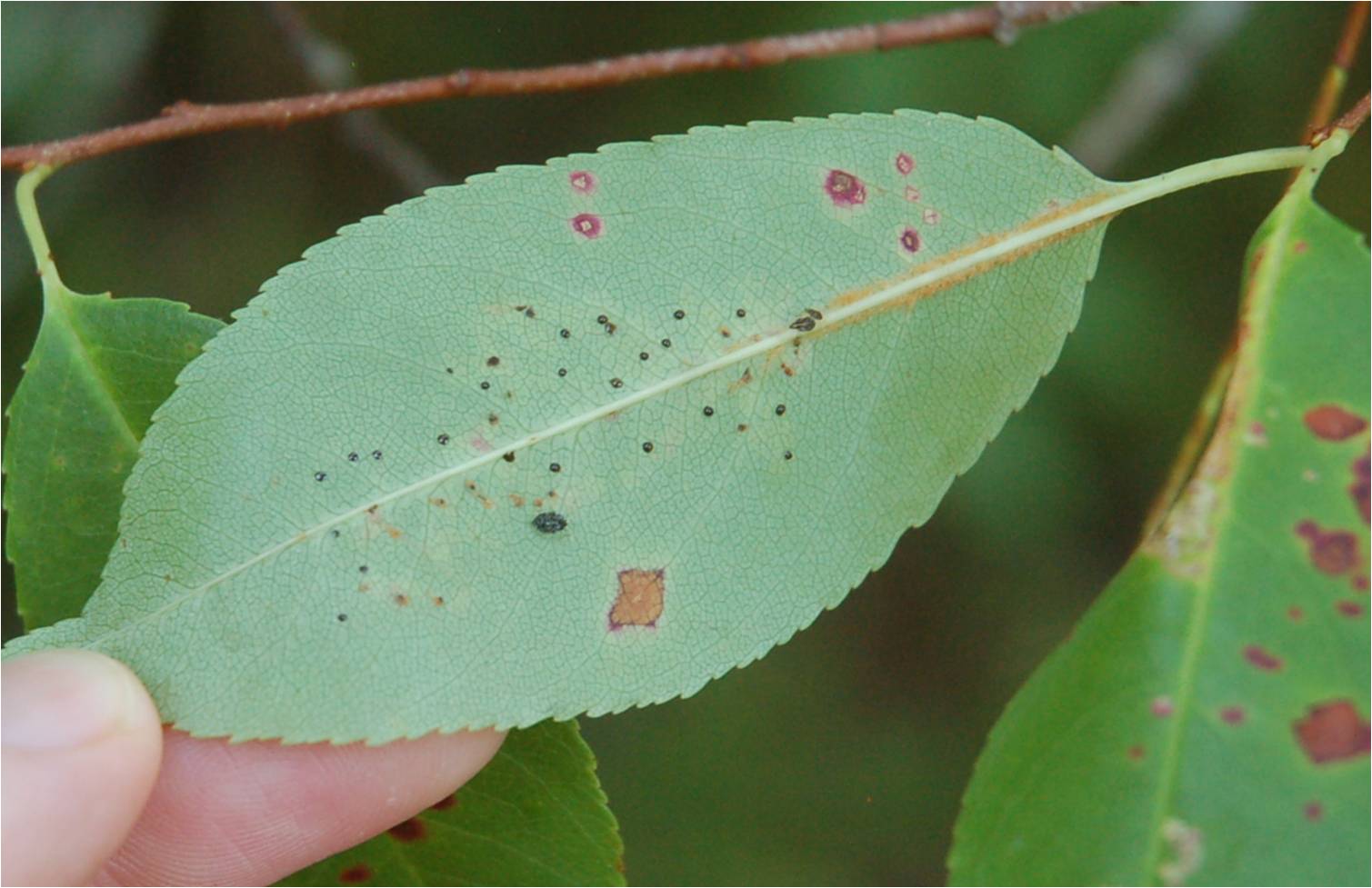
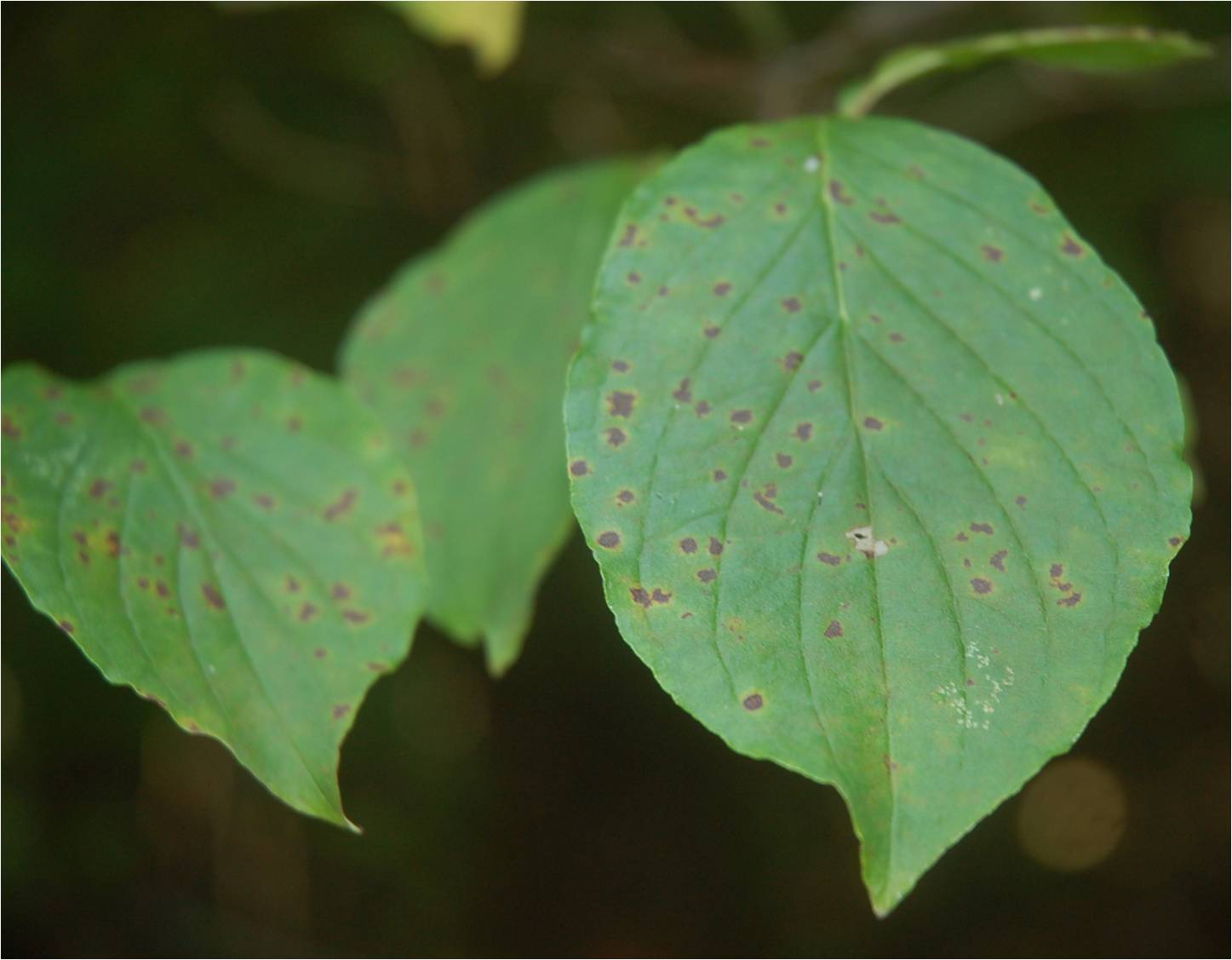
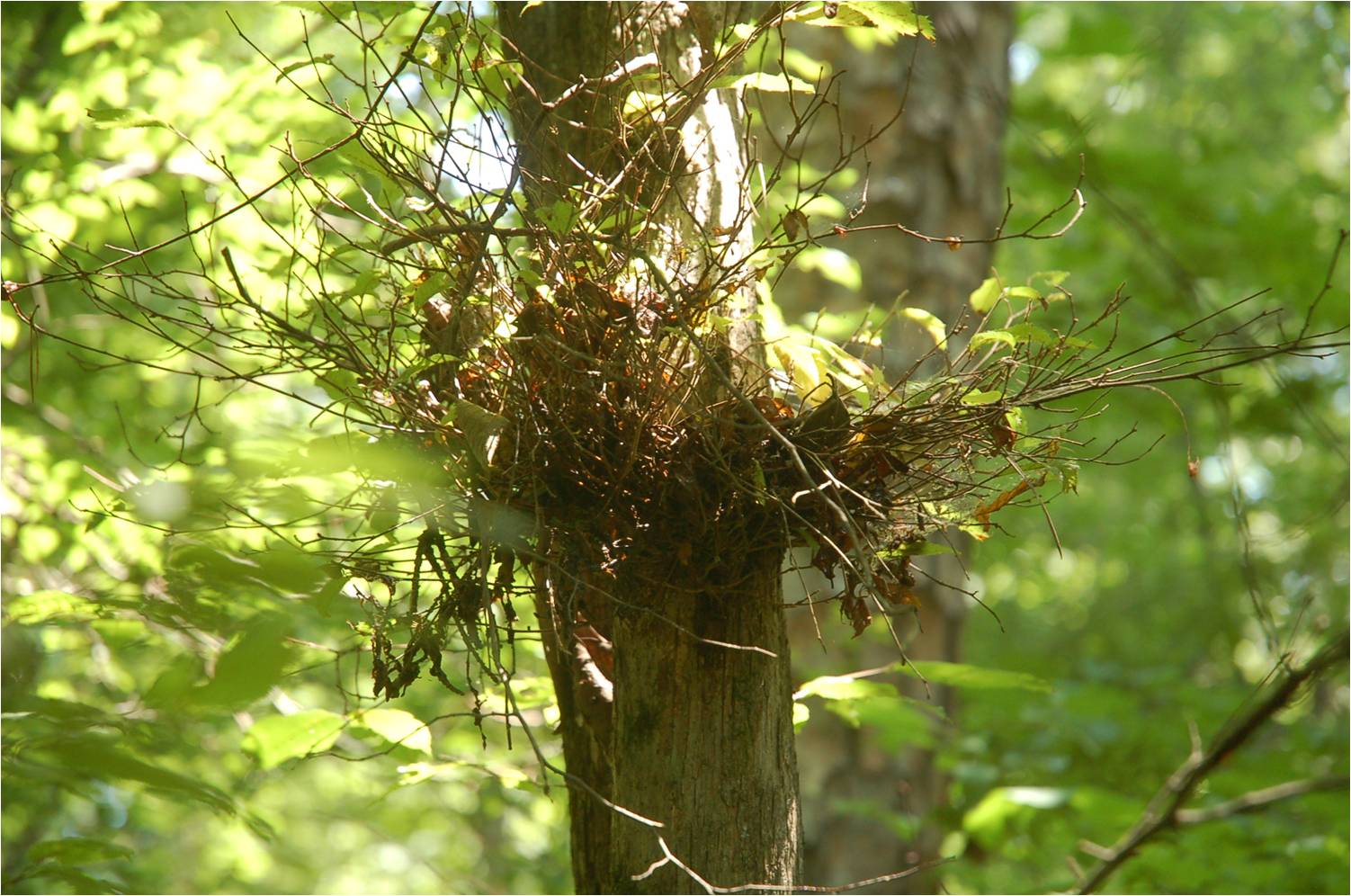

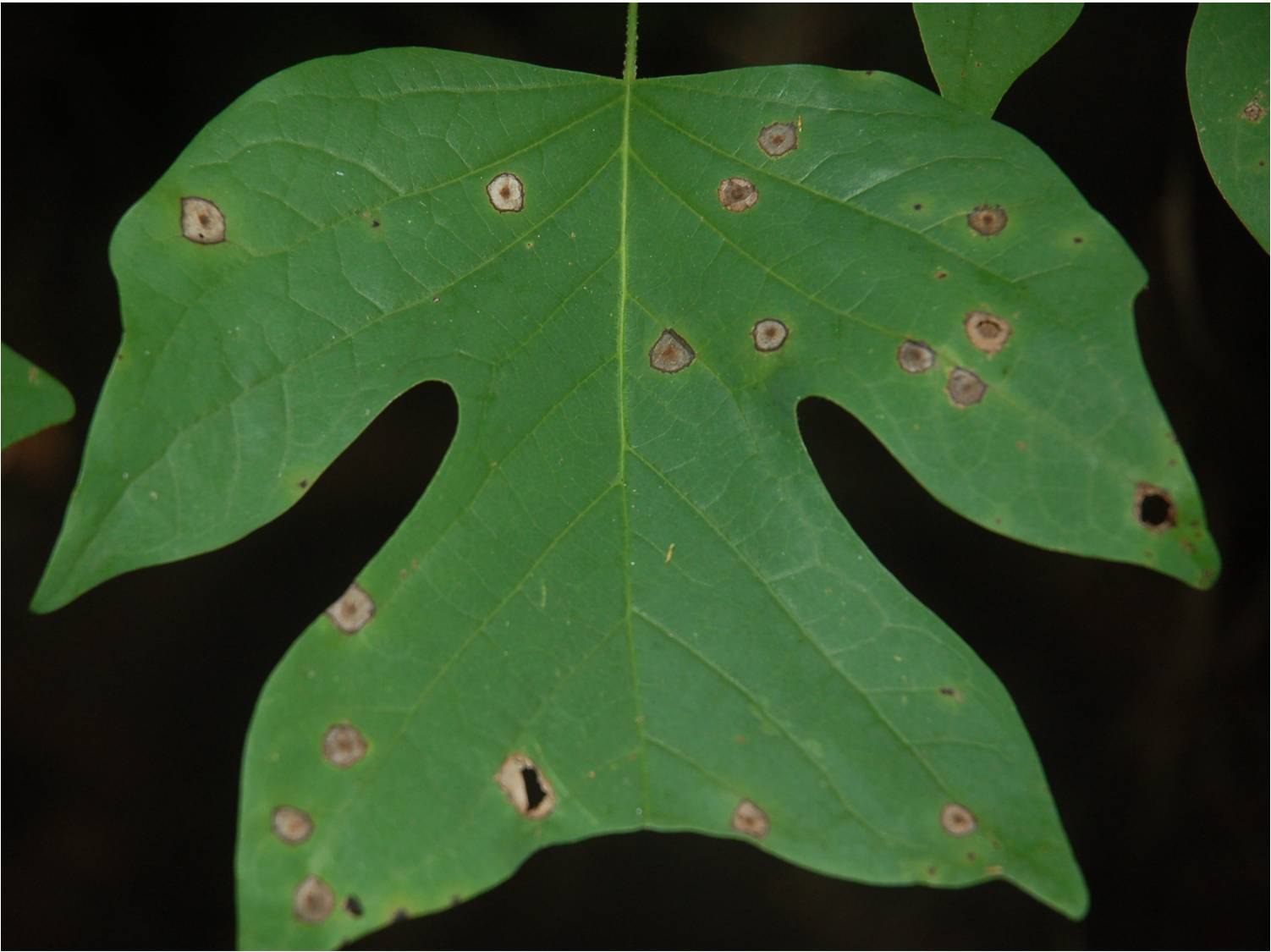
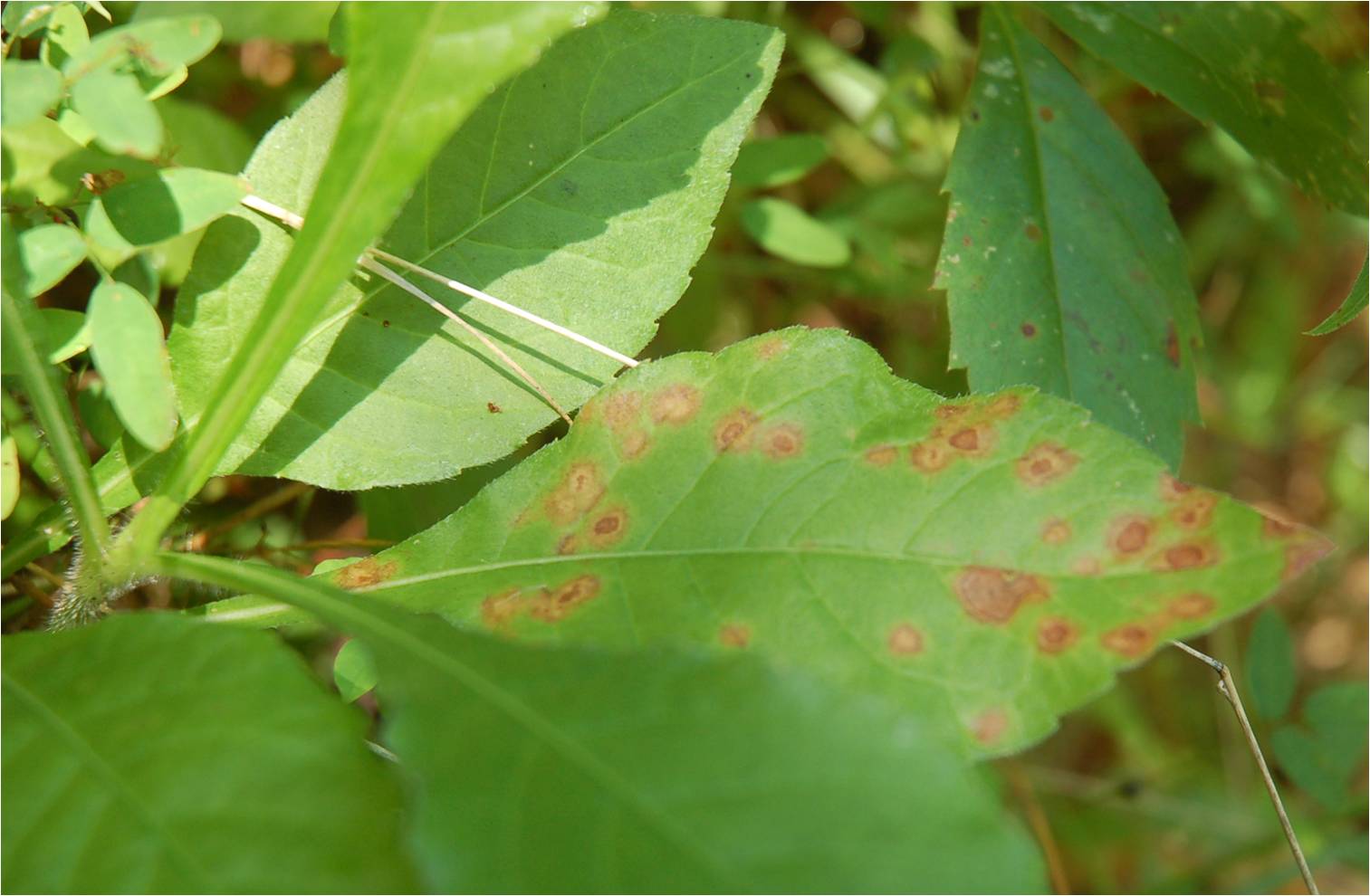
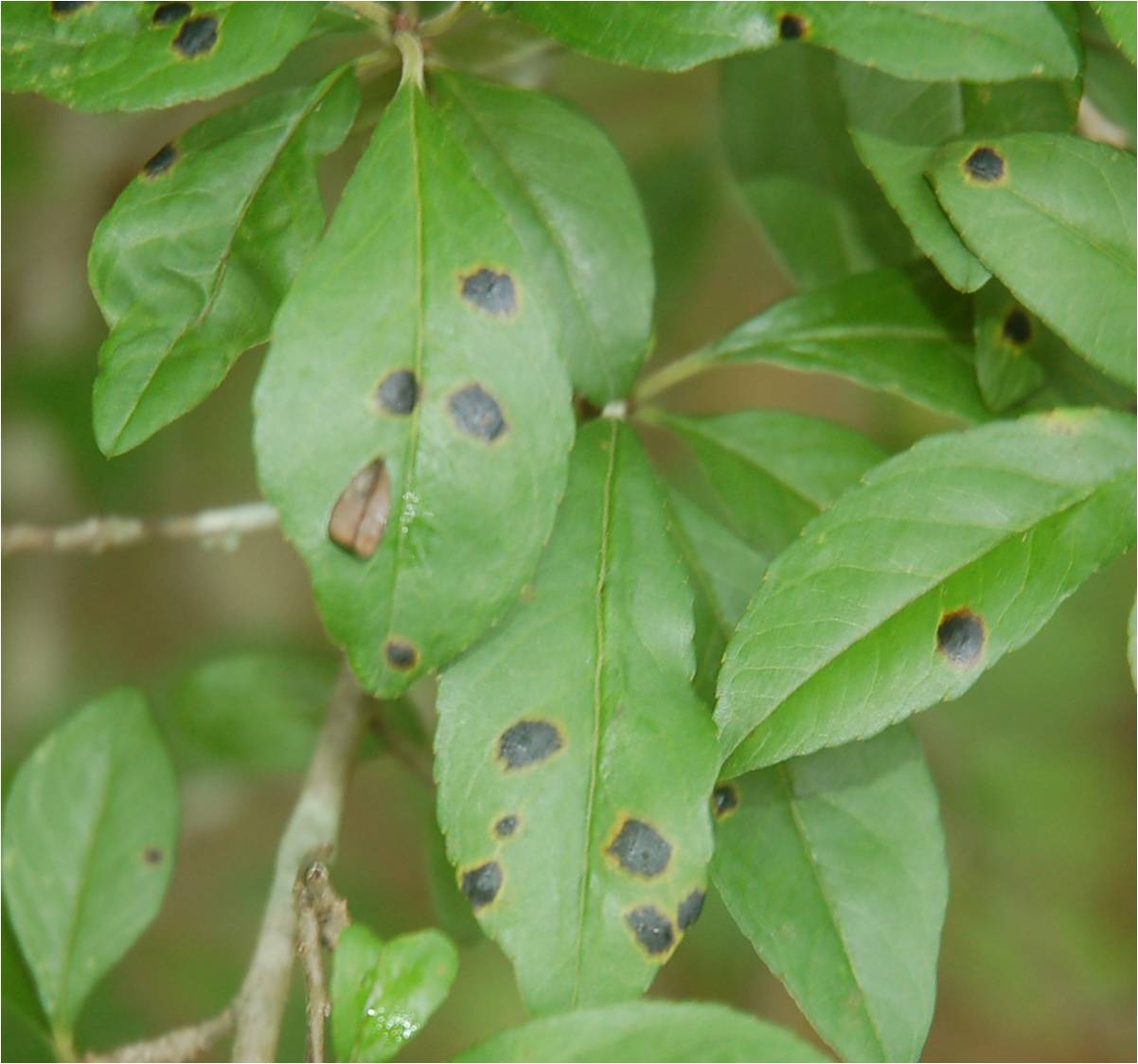
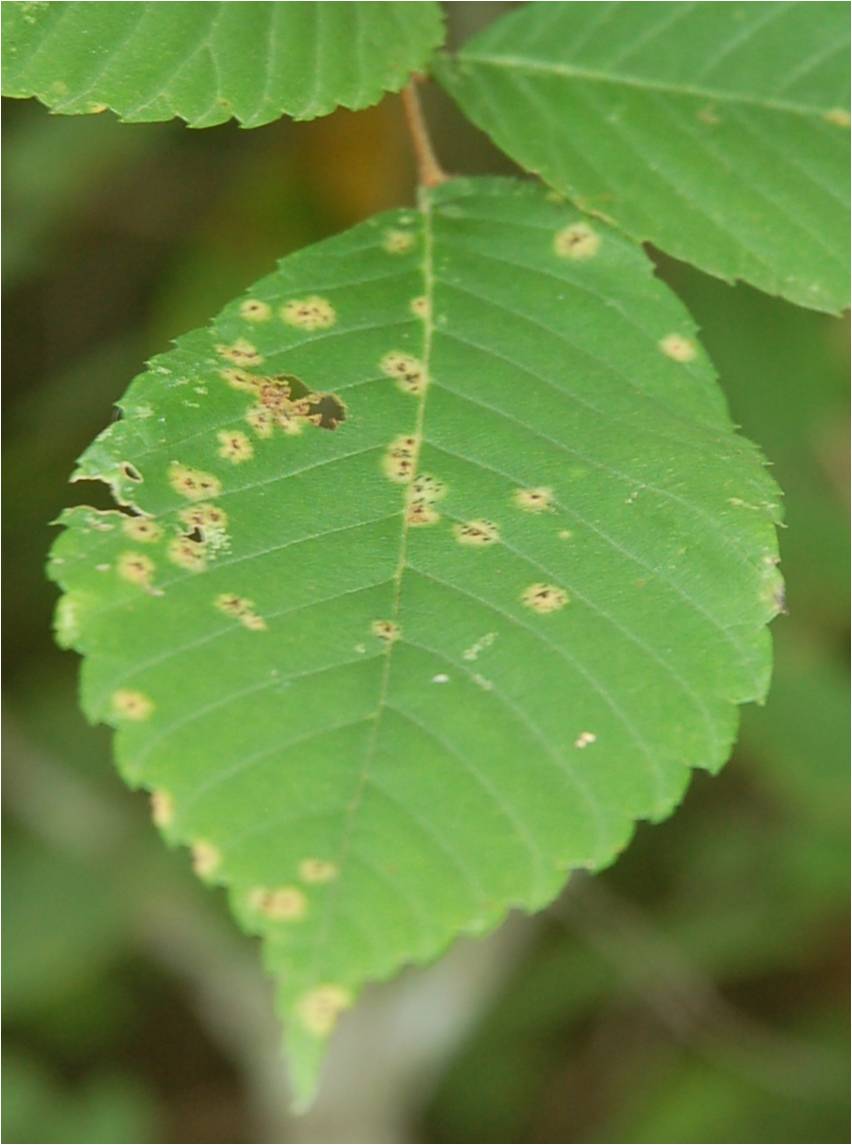
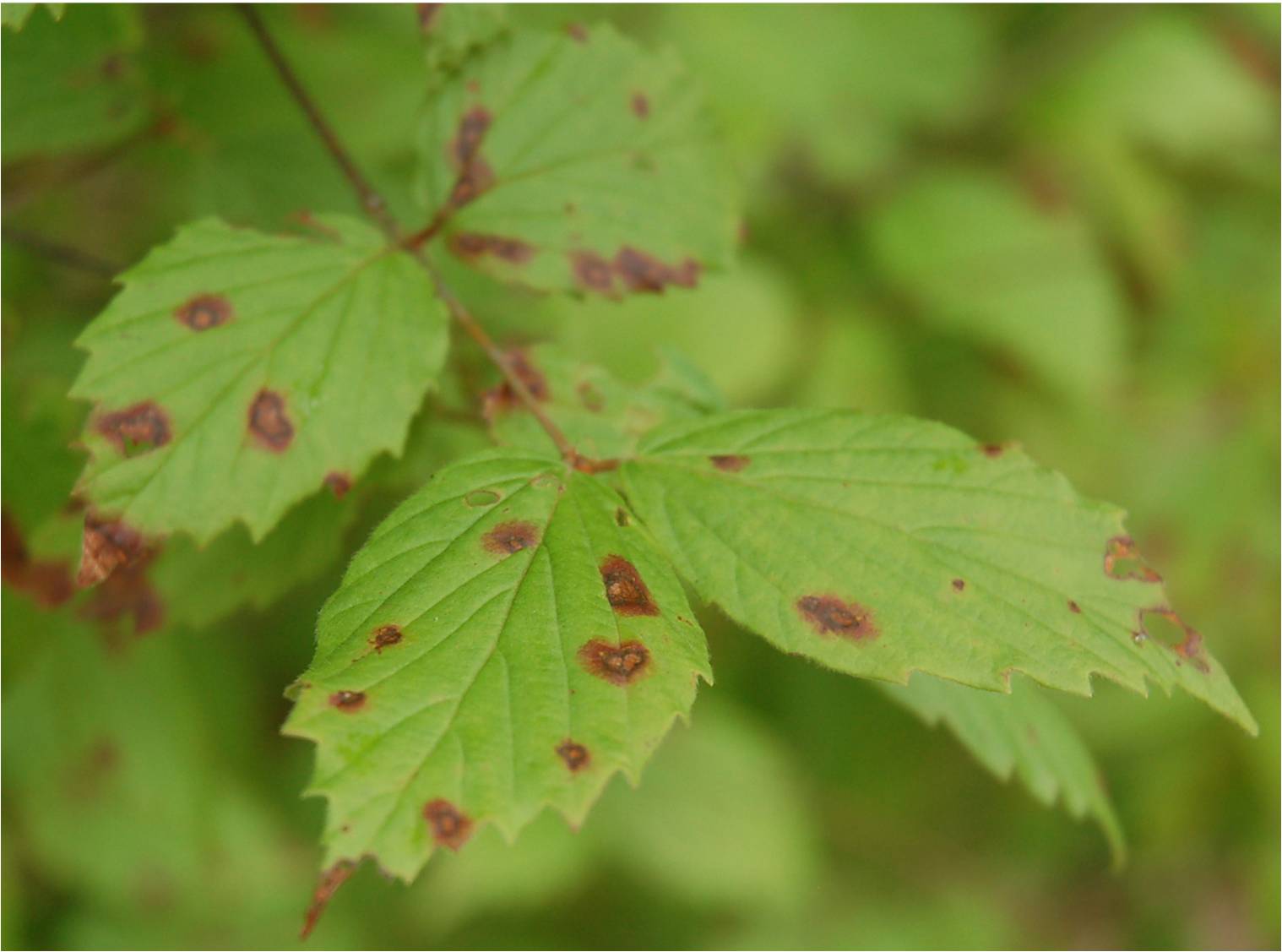
|
Diary of an Urban Watershed, Week 4by Tracy S. FeldmanBlog post week 4 (21 July 2014): It's the little thingsAt Glennstone Preserve this weekend, I (and others with me) spent time looking for small things. We found lots of them. These little living things took the form of ants, tiny spiders, tiny iridescent green Dolichopodid flies, but also many different tree diseases (shown on the side panel) caused by tiny agents of disease (fungi, bacteria, and viruses), and perhaps even some “imaginary friends”—well, sort of. During this past weekend’s activity , we looked on a small patch of ground for as many species as we could find. I remember doing something similar during my 5th grade camping trip, and I loved it. Before then, I had never been asked to make a list of interesting things I saw, or to look at the biodiversity of a defined area (albeit, a small one). Since then, I have never stopped making lists of species I see in the different places I go, or documenting them with photographs. I love making lists, because I love when biodiversity is made apparent to me. Certainly, this exercise isn’t new. Biologists have been assessing biodiversity in small “quadrats” (square area of some standardized size) in studies for probably at least a century. Recently, this kind of technique made the news when David Liittschwager (a portrait photographer) decided to photograph all of the living things, that he could detect, that lived in or passed through a one-foot cube during a 24-hour period. He compared as vastly different landscapes as tropical rainforests, streams, gardens, and cornfields. The results are stunning—biodiversity, beautifully laid out in portrait form. Yet he found that in a cornfield in Iowa, there were only 8 living things: four insect species, one mite, one spider, one fungus, and, well, corn. Many ecologists are concerned with “homogenization” of our landscapes. We plant large monocultures (single species, or even single genetic types) in agriculture and forestry, plant lawns with primarily a single species, etc. If you are lucky, and do not take great care to homogenize it, your lawn can actually be a pretty diverse place. We found many species on the lawn by the retention pond at Glennstone Preserve—at least, we found about double that found in the Iowa corn field, looking at a smaller area. The middle of the small prairie clearing we measured wasn’t so much more diverse per area, but the species were mostly all different. On average, in the prairie patch, we probably found fewer species introduced by humans (intentionally or accidentally) from other places. Many introduced species are interspersed with the native species at the Preserve, and some, like the “Tree of Heaven” or “Japanese honeysuckle” are particularly invasive, covering large areas. Some introduced species threaten populations of native species, or if the introduced species are predators, they may decimate populations. One forest example involves introduced wooly adelgids (aphid relatives from Asia) that infect and kill hemlock trees, including those in the North Carolina mountains and at Hemlock Bluffs Nature Preserve in Cary. Some invasive/introduced species in Glennstone Preserve are featured in the photos below. 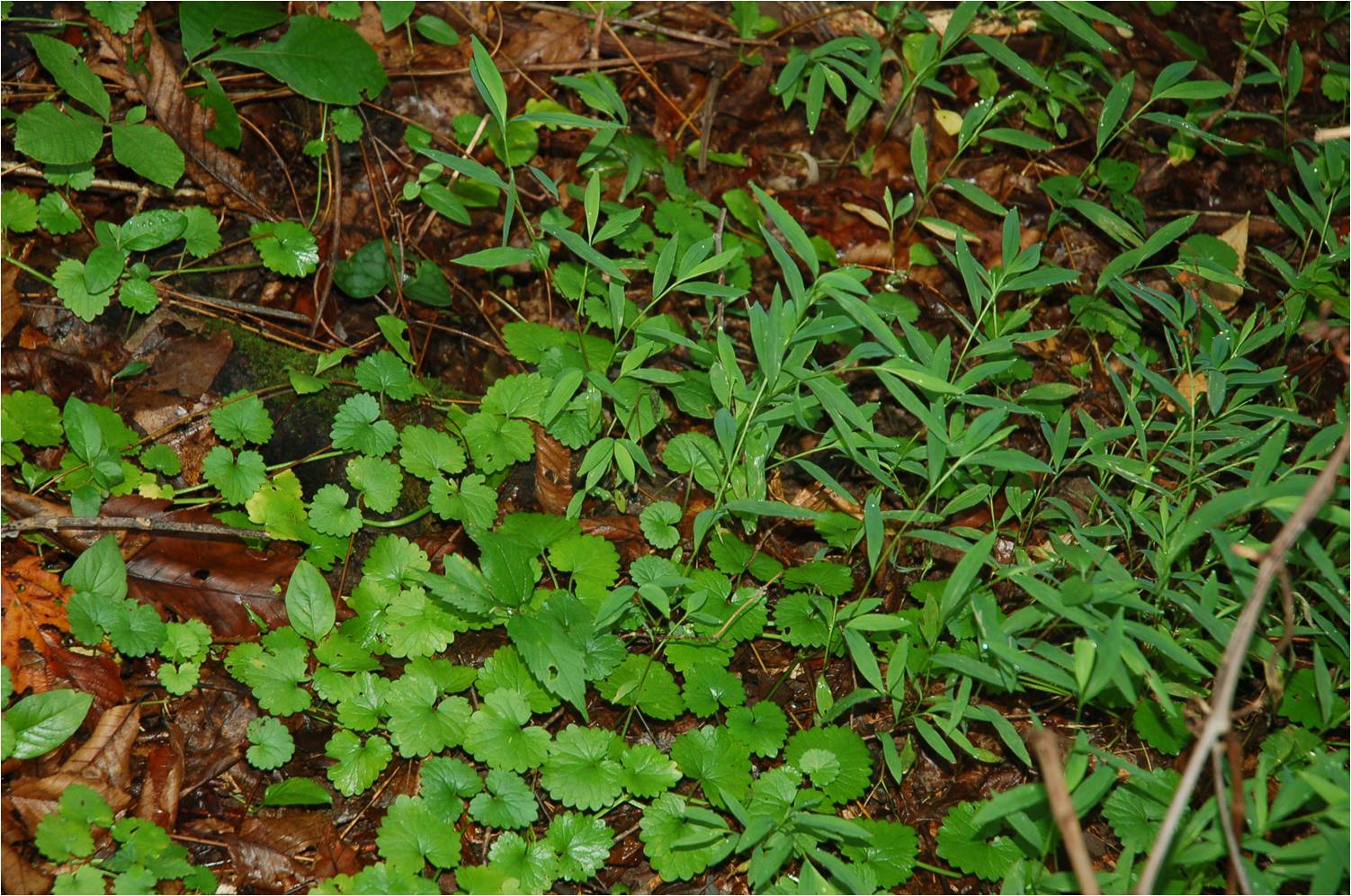
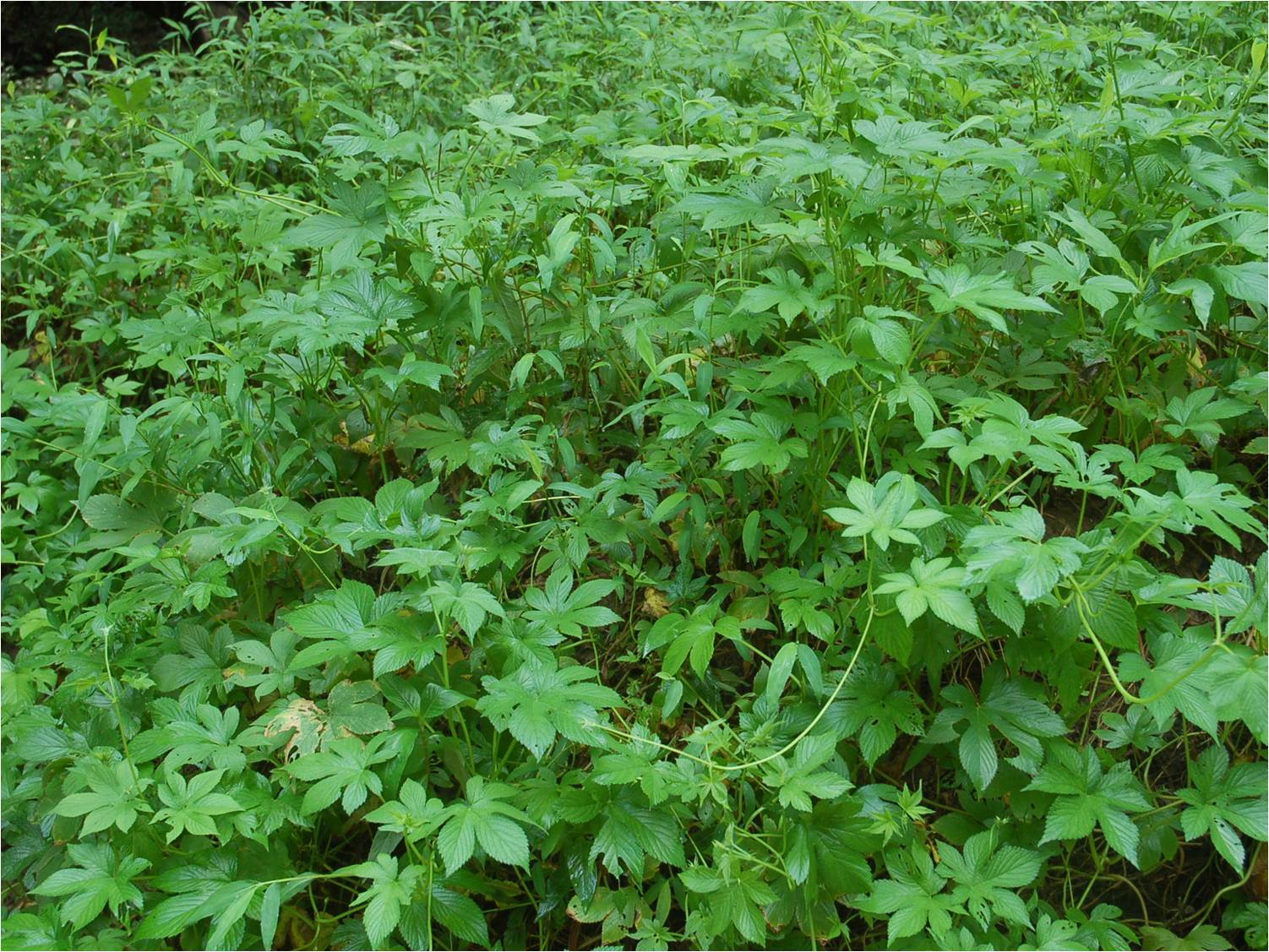
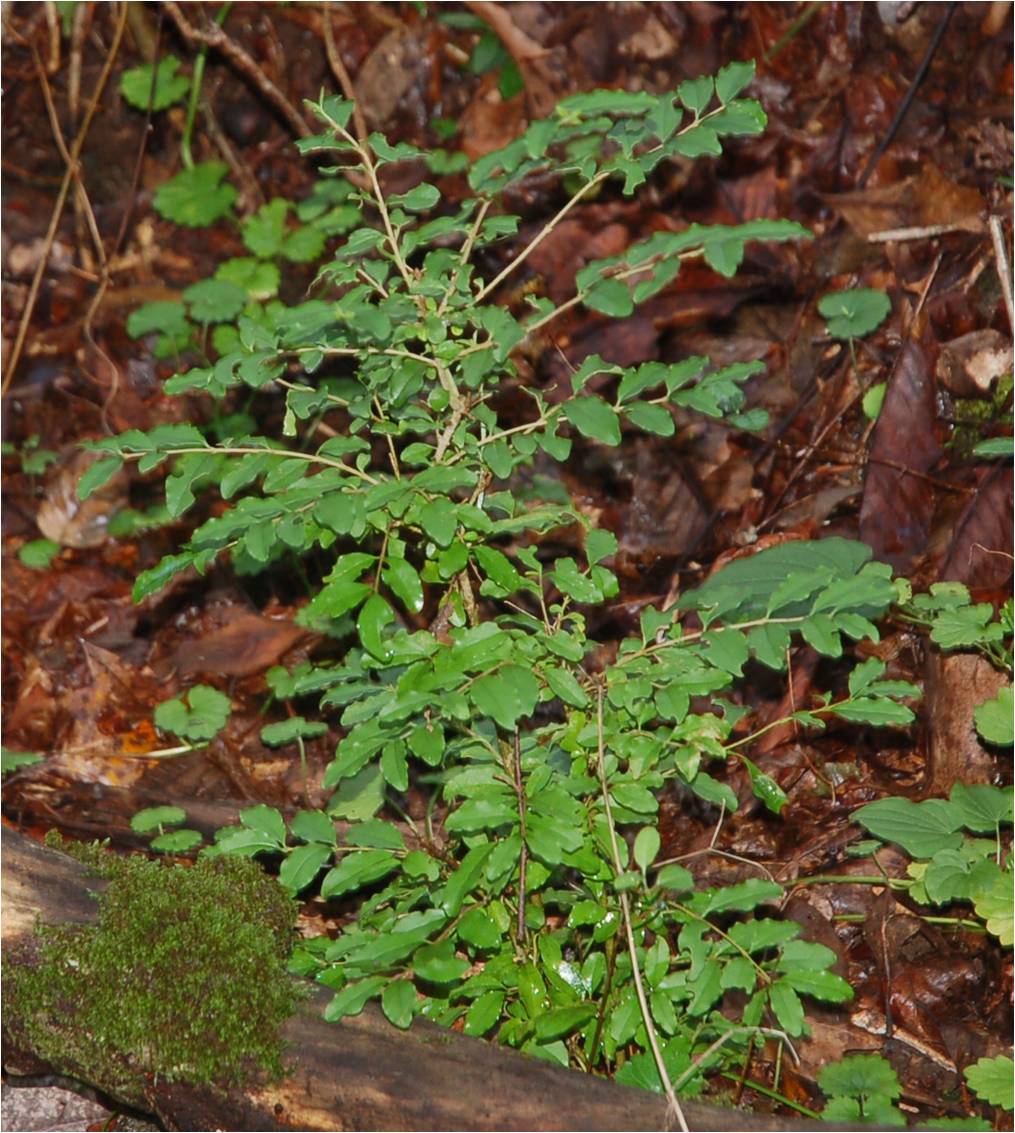
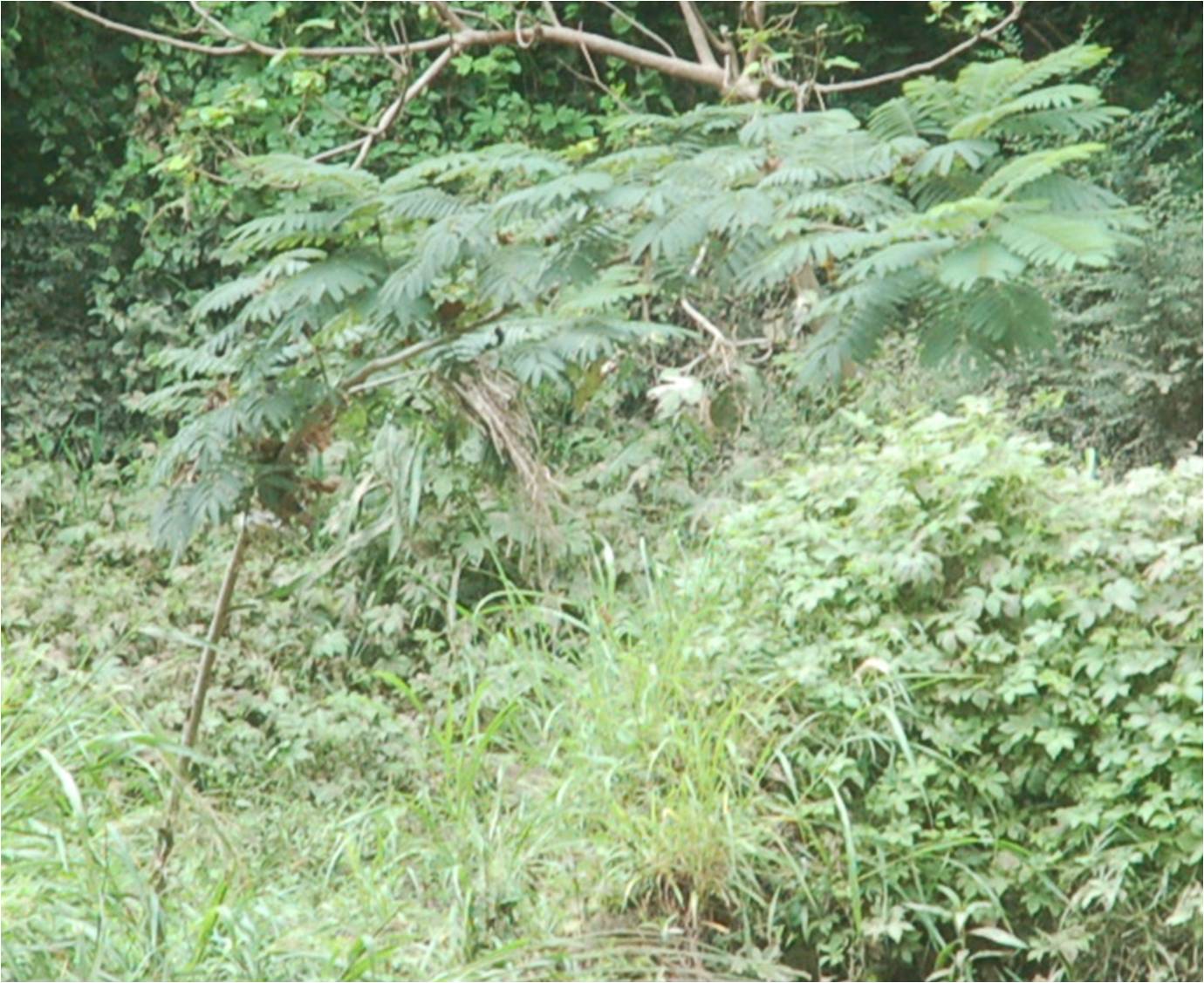
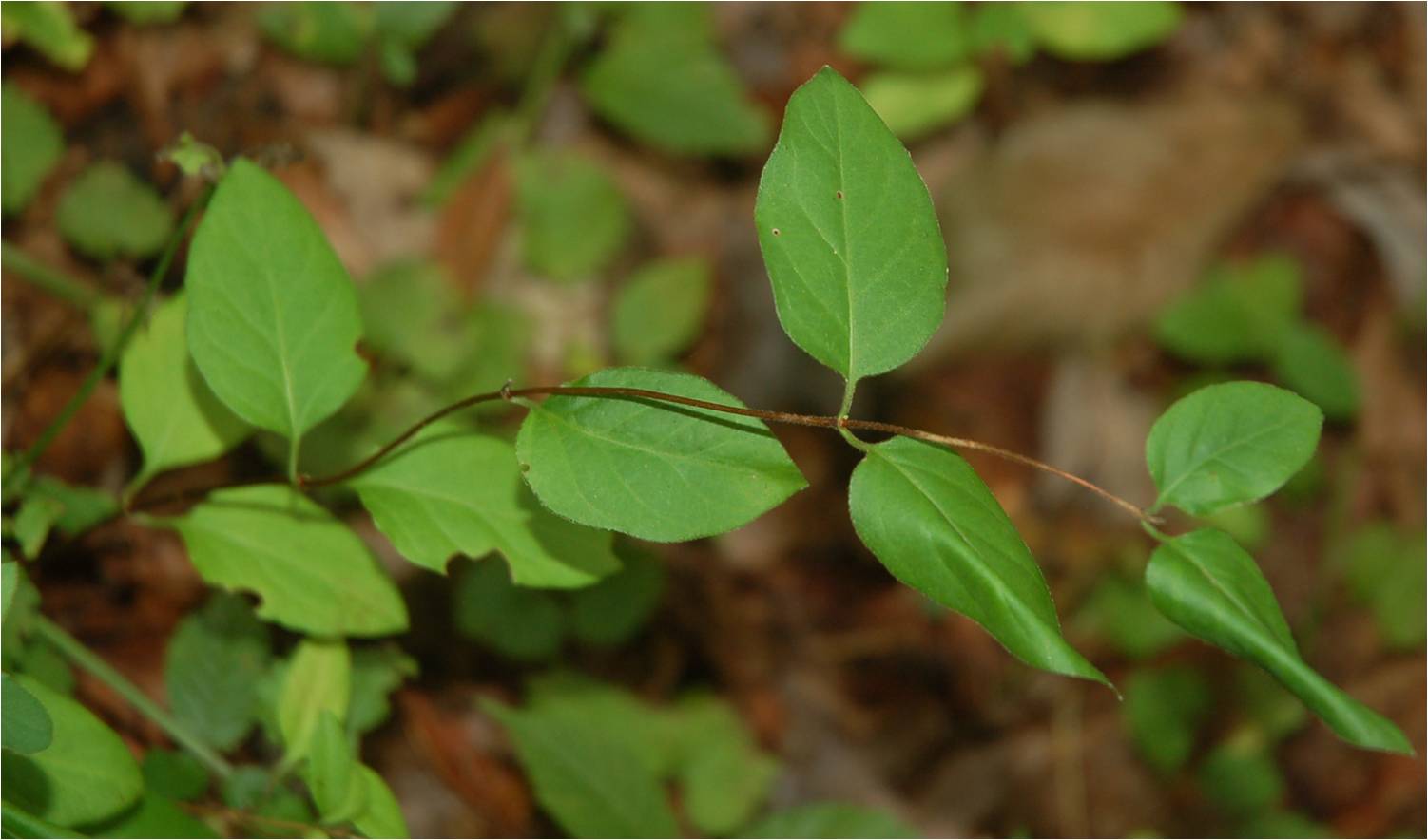 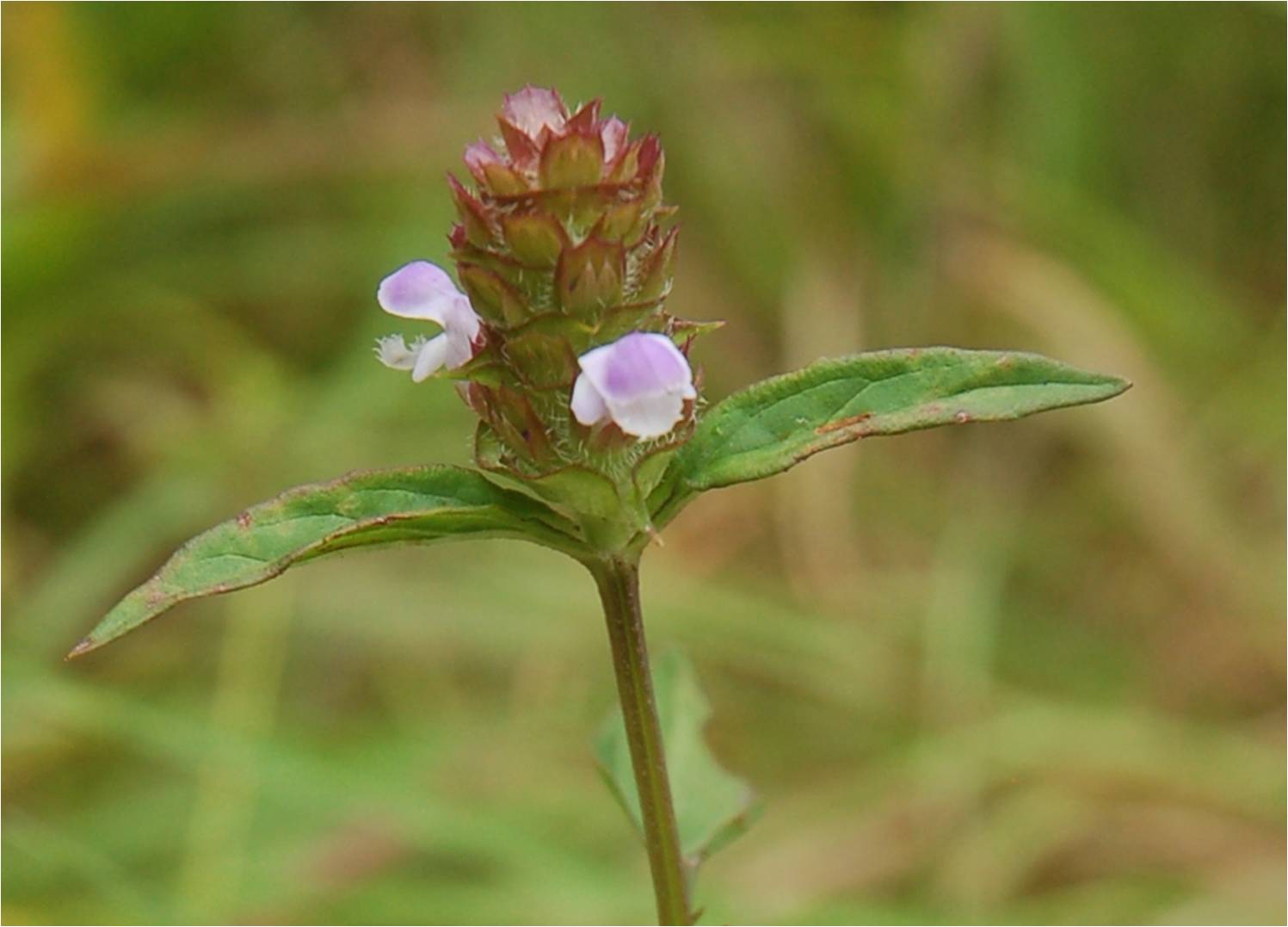
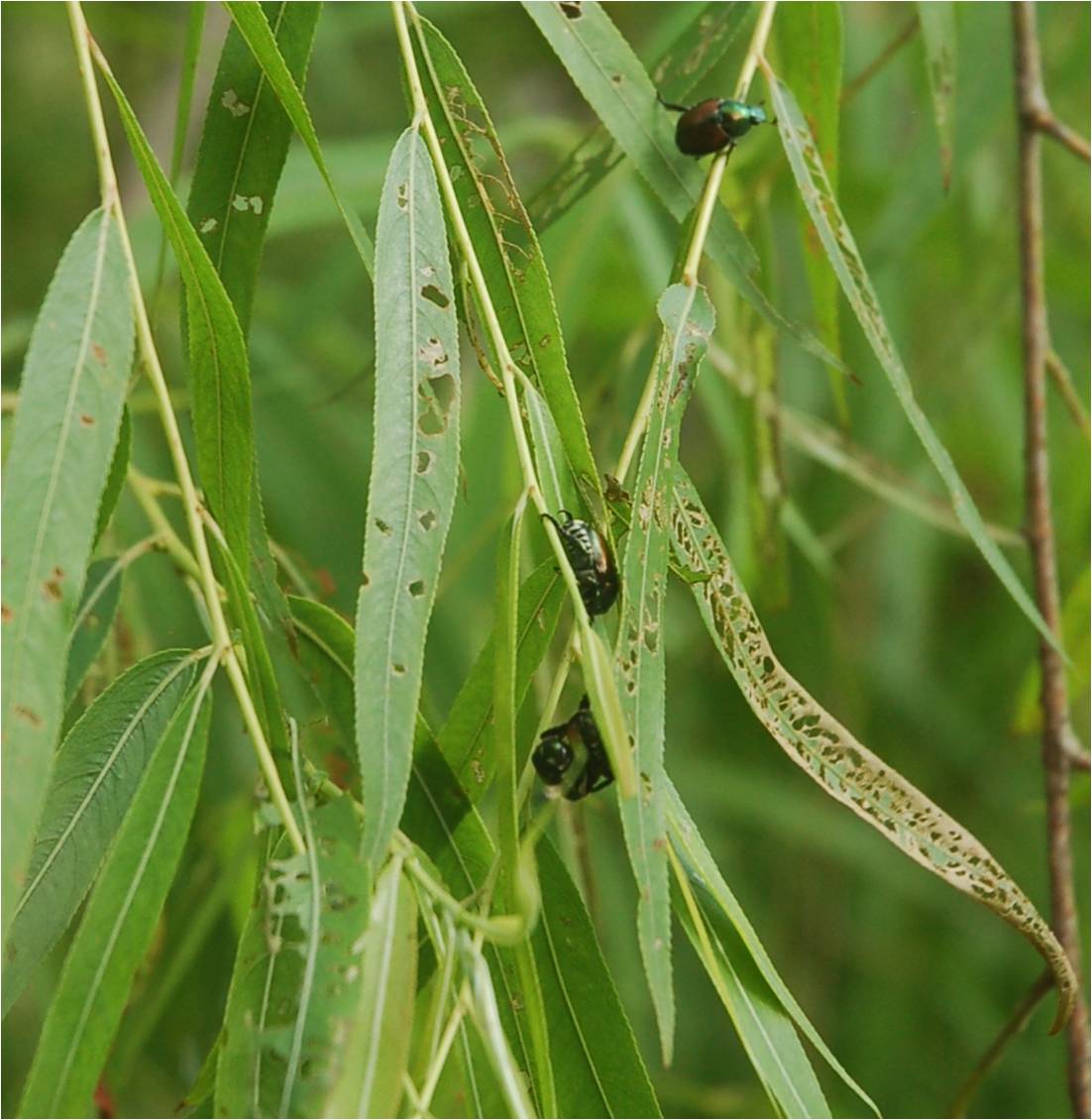
Over these past weeks, I have seen evidence of diseases in the forest at Glennstone, in the form of spots on tree leaves, etc. (see photos on the side bar). There are many, and they are diverse. I hope the trees are tolerating them, and that they are not silently killing the forest… Meanwhile, managers at Glennstone are working to rid the Preserve of particularly nasty invasive species, which is a huge, never-ending job. Managers in other locations work to contain some diseases (and insects that carry them). We cannot afford to “leave our forests alone”, as humans continually contribute many factors, often unwittingly, that change our forests. This weekend at Glennstone, I tried to notice the little things. But I also found myself speculating about what the forest might have looked like a century or two ago, or even further back than that. I wondered if any of the species I’ve come to know from other places I’ve been (some like “friends”) would have lived here then. I wondered how the forests have changed, which native species have disappeared already, and which new ones (even native species) have arrived. Life always brings something new, and forces us to say goodbye to other things. I know I do not want the sorts of goodbyes brought on by extinctions. Yet some kinds of goodbyes in life come in the form of new opportunities. In particular, I’ll be moving on to other things this summer, so for now, I am signing off. Thank you for reading my blog posts. Selected References:
Links: |
Natural history photos by Tracy S. Feldman.
Created and maintained by
tsf
Last updated July 2014
Created May 2014
